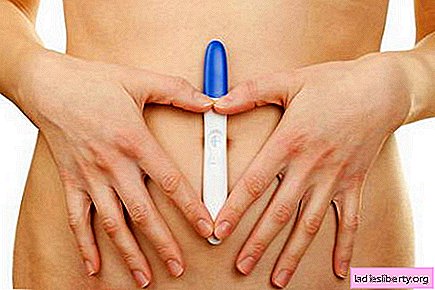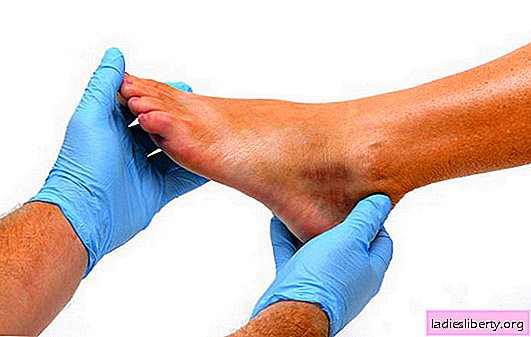
A new mathematical method can help any couple predict a woman’s chances of getting pregnant, depending on her age and how long they tried to conceive a baby. This model can also shed light on how much they should wait before seeking help.
For example, the researchers found that if a woman is 35 years old, then after six months of trying her chances of getting pregnant in the next cycle are less than 10%.
The method, developed by the Warwick School of Medicine and the London School of Economics, uses the number of menstrual cycles during which the couple tries to have a baby to determine the likelihood of conception next month.
“Many couples do not know that likelihood plays a big role in this. People think that pregnancy will safely come as soon as they want it. But when it turns out that this has not happened, they can experience a big shock,” says Professor Geraldine Hartshorn of Warwick School of Medicine. “We cannot calculate when exactly a woman will become pregnant and whether it will happen at all, but this method can predict her chances and estimate their probability in percent in the next cycle.”
The generally accepted rule states that before going to the doctors, the couple should often have sex during the year. But a new study shows that age can make its own adjustments to this decision.
When a woman is 25 years old, 13 menstrual cycles will be required before the probability of pregnancy in each new cycle decreases to 10%. For a 30-year-old woman, this period will be 10 cycles, and for a 35-year-old woman, only 6.











